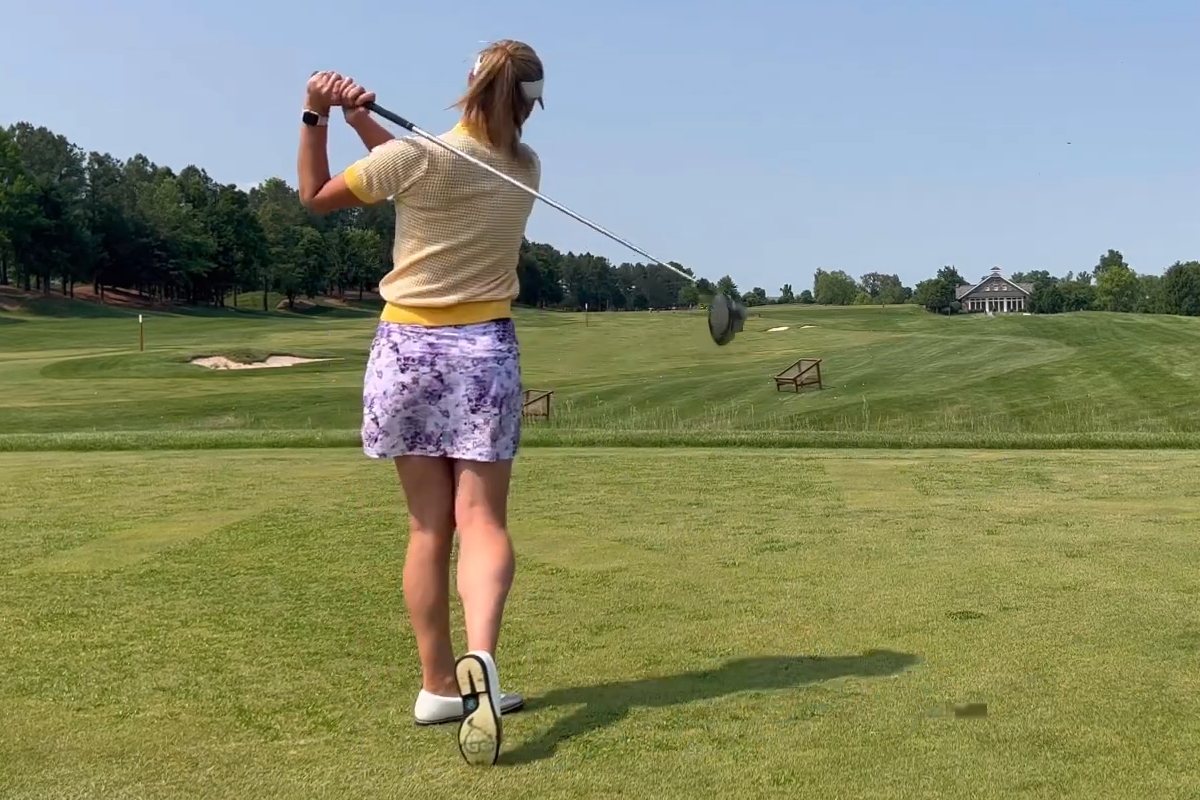True or False: Match play is harder than stroke play? Well, your answer depends on your competitive-golf-personality.
In a few weeks, September 17th-20th, twelve top female golfers from Team USA will compete against twelve top female golfers from Team Europe in the 2015 Solheim Cup in Germany. The format will be match play. The men’s Ryder Cup also uses match play.
In 2014, the LPGA Tour introduced the International Crown Tournament in which LPGA Tour players from eight different countries compete against each other in a series of match-play competitions. In a recent interview I had with LPGA Commissioner Mike Whan, he indicated that he wanted to see even more match play in the LPGA Tour.
So, here’s a quick review of stroke play and match play formats.
In stroke play, every stroke is counted and totaled for a final score. One advantage of stroke play is that TV channels can usually predict how long it will take for all players to complete an 18-hole tournament. That makes program scheduling much easier.
In contrast, in match play, each hole is its own contest. A player may win, lose or tie her opponent on each hole. And the wins and losses are cumulative. The players’ scores are recorded (in terms of their opponent) in terms such as “three-up” or “down-two” or “even” or “all square.” And a special word “dormie” is used when a player must win every remaining hole to win the match. A match play tournament is over, when one player is “up” more holes than her opponent has left to play – and win or tie.
Another twist in match play is that if the players are tied at the end of their round, they have to continue playing until one player is “one-up” which ends the match and determines the winner. It’s much harder to predict how long a match-play competition will last, which makes television scheduling challenging. The match could be 10 holes or 19 or more holes.
But why do some golfers prefer one format over the other? Why do some golfers perform better in match play and others in stroke play? Do we have a “competitive-golf-personality?” I think so.
Personally, I enjoy match-play competition. Even if I take too many shots getting out of a bunker and lose the hole, I say to myself: “It’s only one hole.” I decide I can win the next hole – and the next. I guess I am a competitive optimist.
In stroke play, if I take three strokes getting out of bunker and then three-putt, I tend to be a competitive pessimist. I find myself asking, “Where will I make up those five strokes? What if I am in another bunker? What if my putting gets worse? Where might my opponent mess up?” My anxiety interferes with my performance. It should come as no surprise that there is a whole profession of golf coaches who help players enhance their mental game and attitude.
But, the best way to understand match play is to play it. Try a “stress-less” round of 6, 9 or 18 holes with a friend – just for fun. On “your” scorecard keep a cumulative score. Use “plus” signs for the number of holes you are ahead – “minus” signs if you are behind and a“0” if the match is even. And, it’s okay to use handicaps. Just mark the holes on the scorecard where a player is entitled to an “extra” handicap stroke and use those strokes to determine the “net” score for who wins, loses or ties the hole.
So what format do you like: Stroke play or match play? Which format brings out your best competitive spirit? If it’s any consolation: There is no right answer. That’s what makes golf such a great sport.
Nancy Berkley was on-site and reported for www.womensgolf.com on the 2015 Solheim Cup, September 18 – 20 at the St. Leon-Rot Golf Club in Germany.







